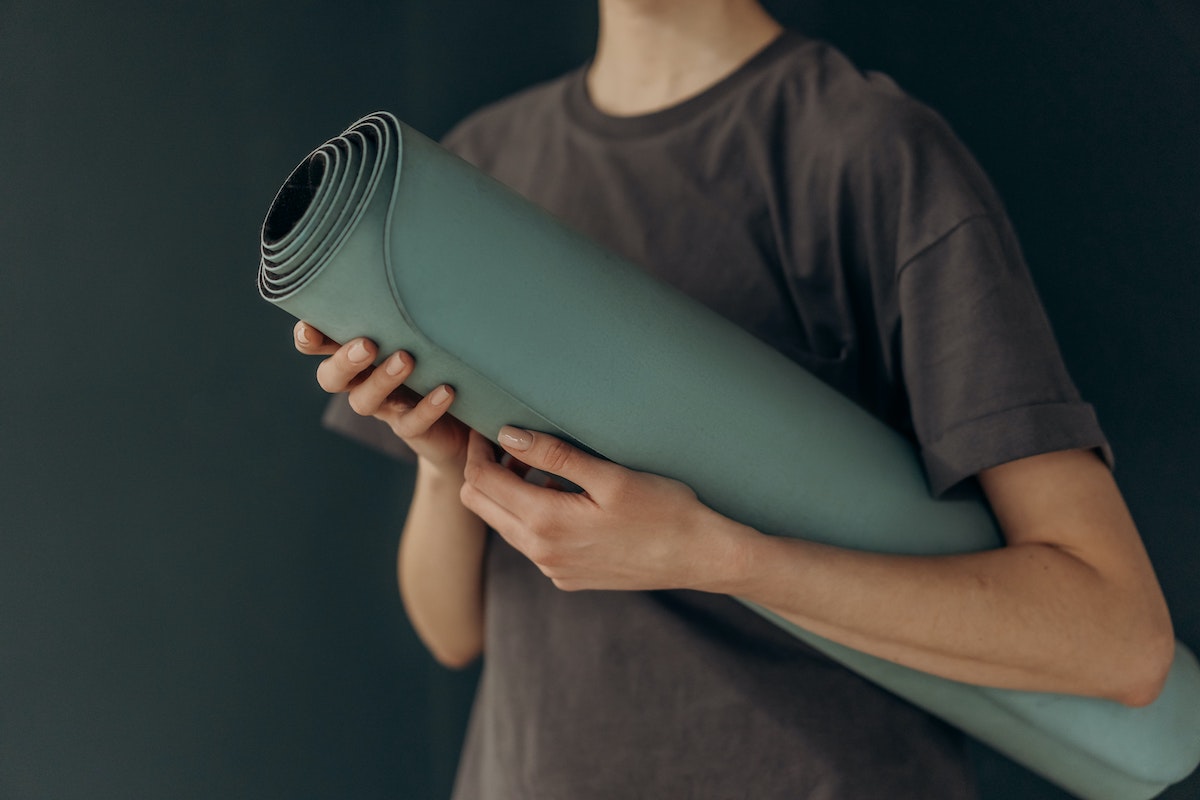
Do you think Pilates is something for Los Angeles and Hamptons socialites? Think twice. Joseph Pilates developed the workout in the early 20th century to help injured dancers. Over the years, the activity has grown a reputation for being a celebrity favorite, with everyone from David Beckham to Kendall Jenner apparently swearing by Pilates. Studio memberships with classes can undoubtedly cost a pretty penny.
Don’t judge exercises by their famous clientele, though. Apps like Peloton and even free videos on YouTube have broken down barriers, making Pilates more accessible than ever. That’s good. Pilates offers a full-body workout but specifically targets the core and focuses on breathing, making the exercises good for the body and mind.
The exercises can improve balance, posture, and mobility while teaching the muscles to move in new ways — a must when trying to prevent injuries. Plus, a strong core is vital for other physical activities, like running.
Ready to give Pilates a try? These beginner-friendly moves may humble you (in a good way).

3 equipment-free Pilates move even a beginner can nail
If you’re new to Pilates, starting slow is a good idea. The exercises may not look like much, but they require precise movements for the best benefits. You may also be surprised to feel the burn as you work through each move.
Leg circles
Works: Core, hips, quads, and hamstrings
- Lie flat on your back on a yoga mat.
- Pull your belly button toward your spine to engage the abs.
- Inhale and extend the right leg straight toward the ceiling, forming a right angle with your body. The left leg should remain extended in front of you on the floor.
- Begin drawing a circle with your toes. How large your circle is will depend on your mobility. You may be able to extend the leg in a large, sweeping circle, feeling your heel graze on the floor. You may draw a salad-plate-sized bowl circle on the ceiling. The goal is for your hips to remain stable the entire time. If your hips move, you’ve gone too far.
- Draw 10 circles.
- Repeat on the opposite side.
Hundreds
Works: Core
- Lie on your back.
- Lift your legs, bending them at a 90-degree angle so that shins are parallel with the floor. Inhale.
- Exhale as you lift your head and shoulder blades off the floor.
- Curve the abs in so they appear “scooped.”
- Inhale, lifting your arms slightly so they’re parallel with the floor and low. You can extend the legs for the full version, but beginners may benefit from keeping their knees in a tabletop position. Exhale.
- Inhale and exhale for five short breaths as if you are ever-so-slowly blowing out candles. As you breathe, pump your arms up and down about six inches in a quick but controlled motion.
- Repeat 10 times (hence hundreds — you’ll be doing 10 rounds of the five-inhale, five-exhale breath pattern).
Spine twist supine
Works: Obliques, glutes, and chest
- Lie on your mat with arms extended in a “T” position.
- Lift legs to a tabletop position.
- Inhale as you slowly lower your legs to the left. Only go as far as you can with your shoulder blades resting firmly on the floor — likely about one-quarter or one-half of the way down.
- Return to the starting position as you exhale.
- Repeat on the opposite side for one rep.
- Continue for 30 to 60 seconds.
Pilates is a fantastic core workout, including for people coming back from an injury. However, if you’ve been injured recently or have mobility issues, speak with a doctor.



